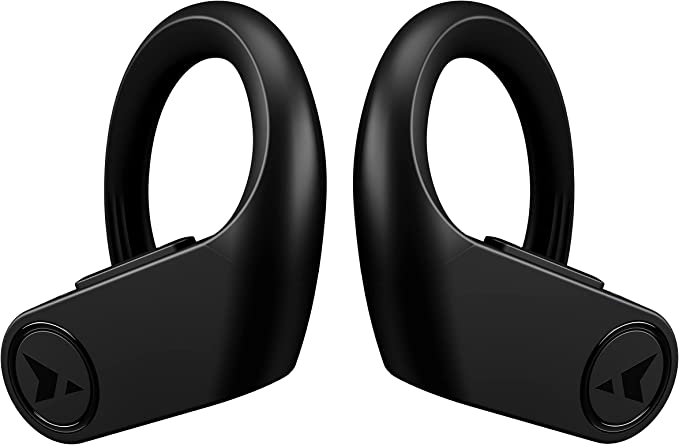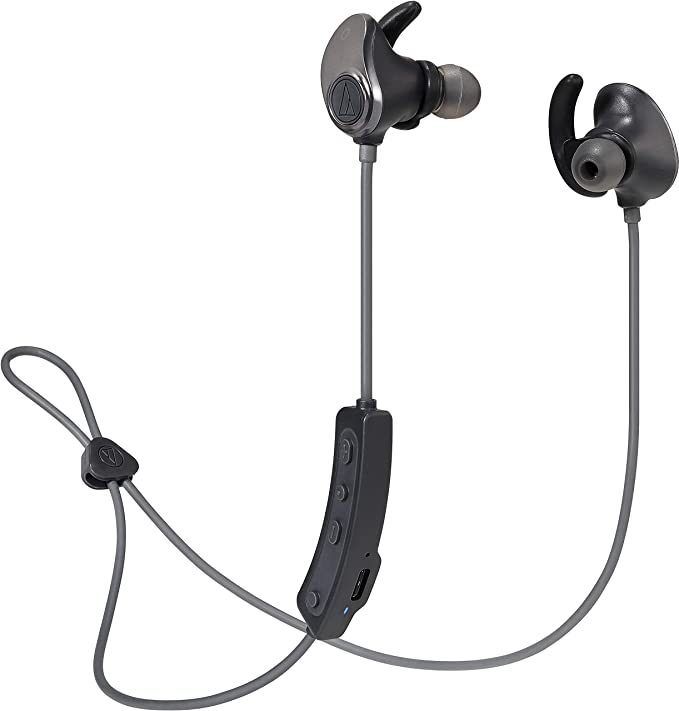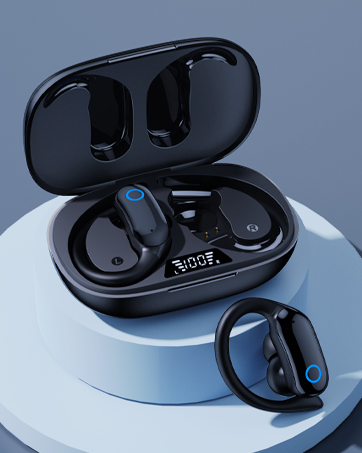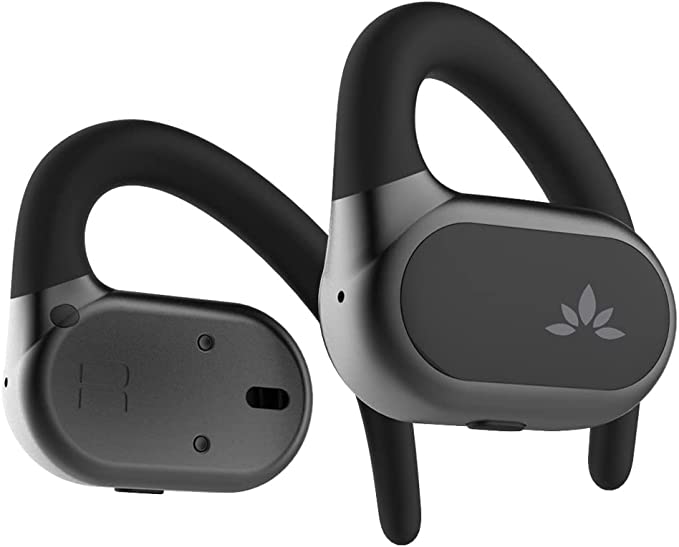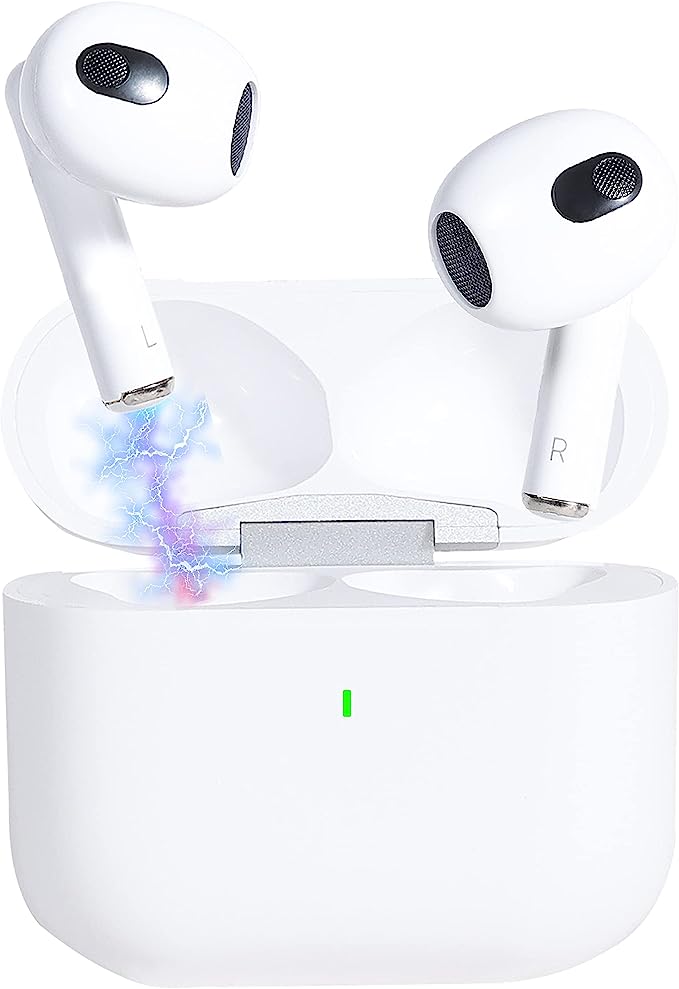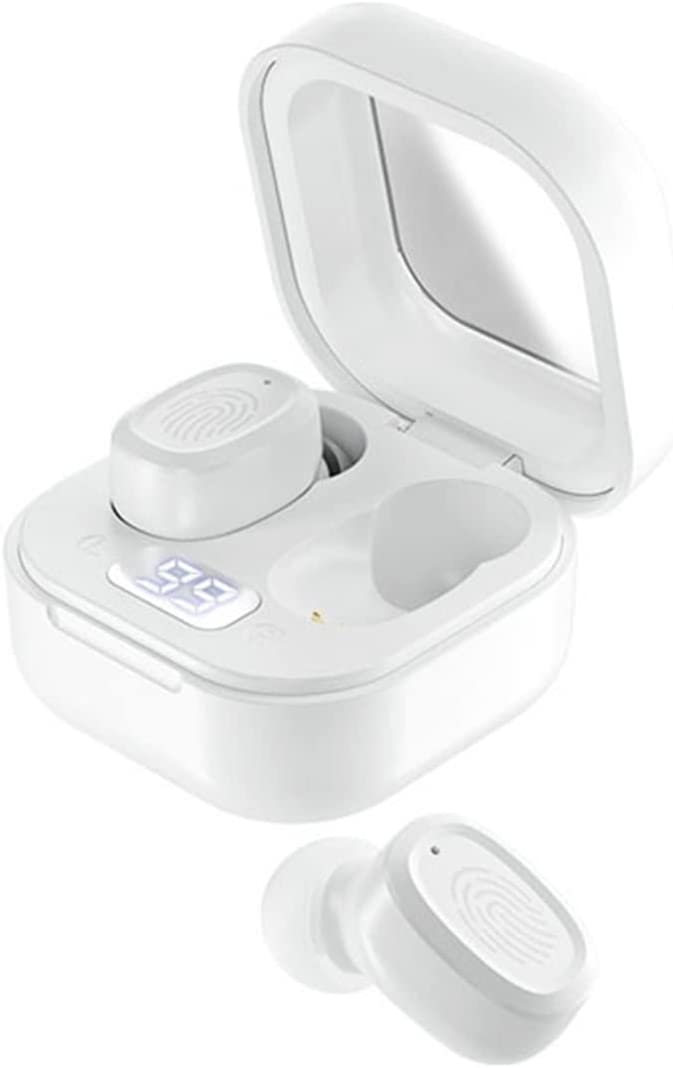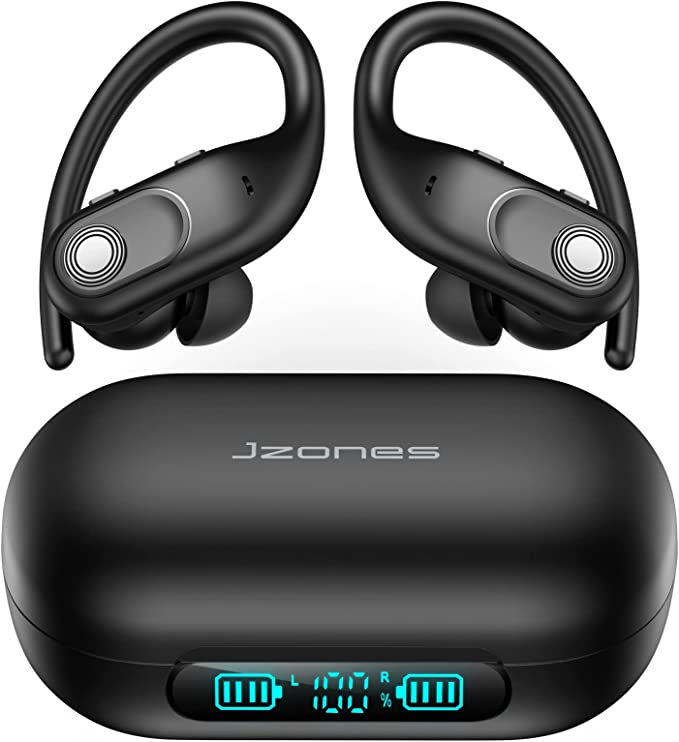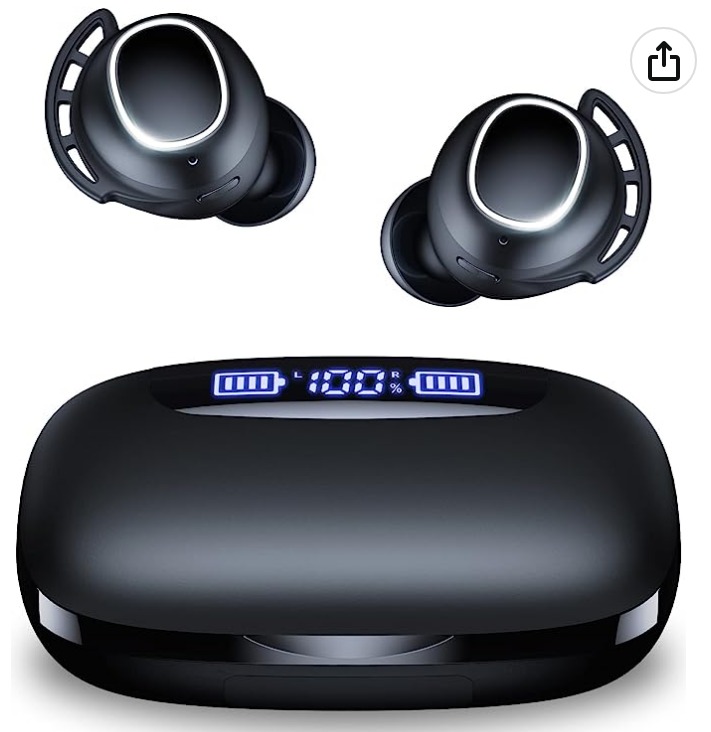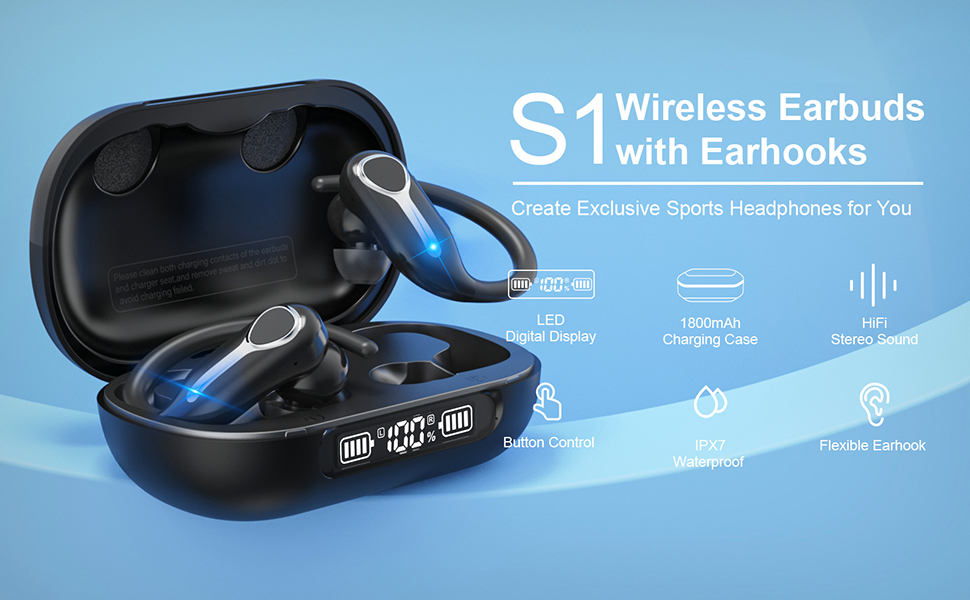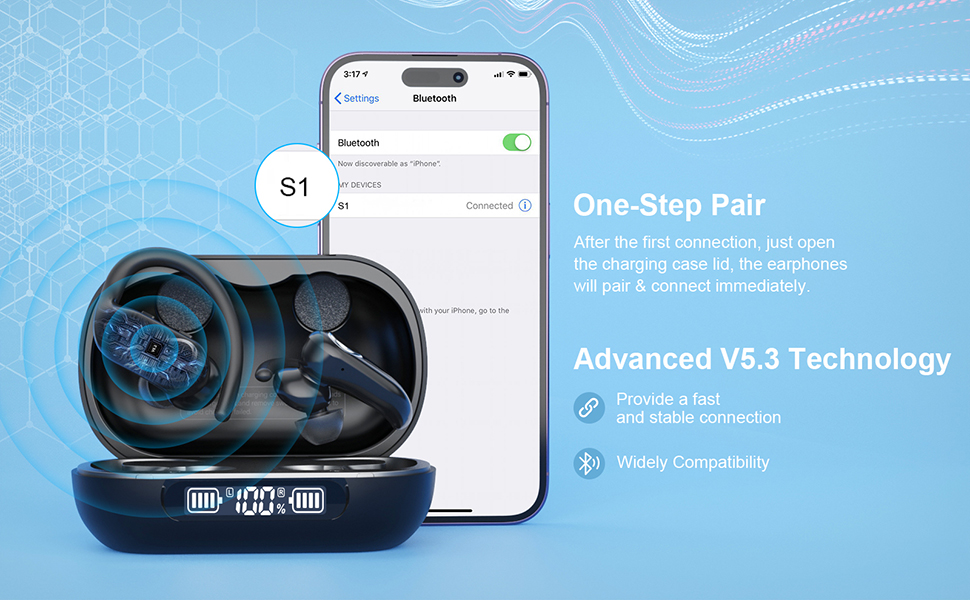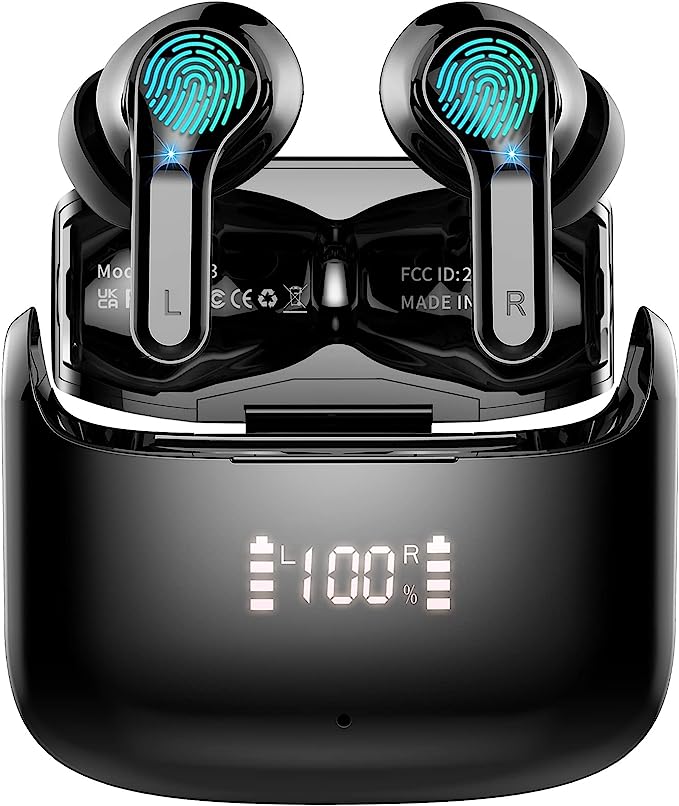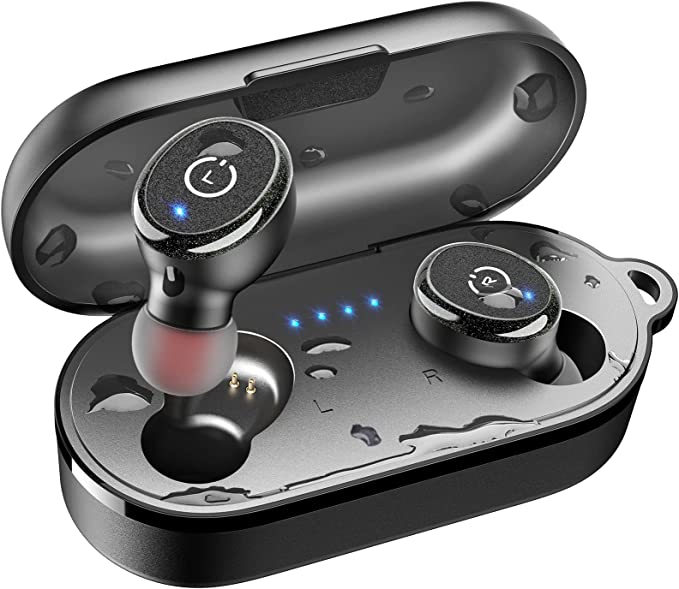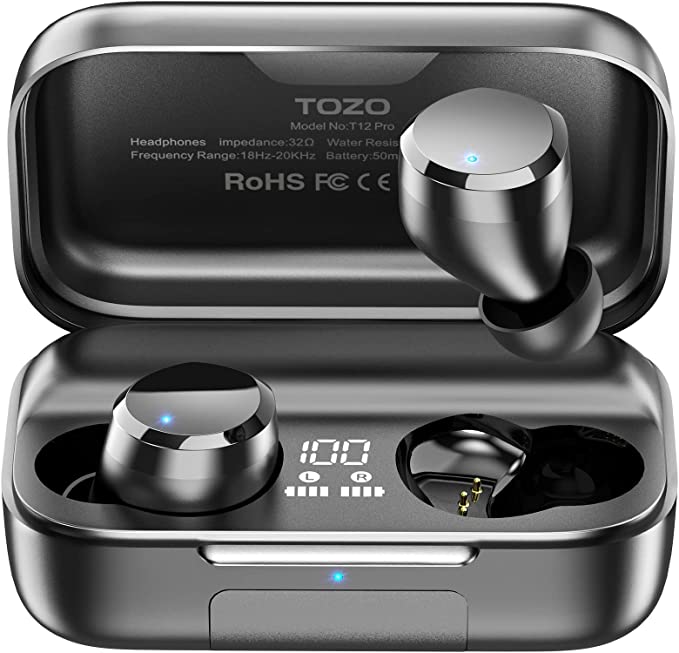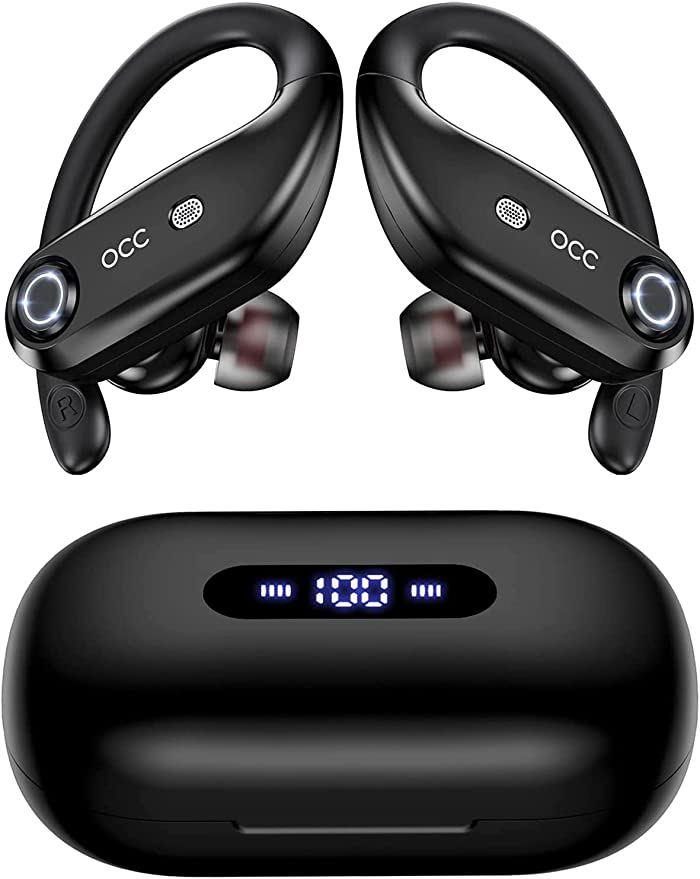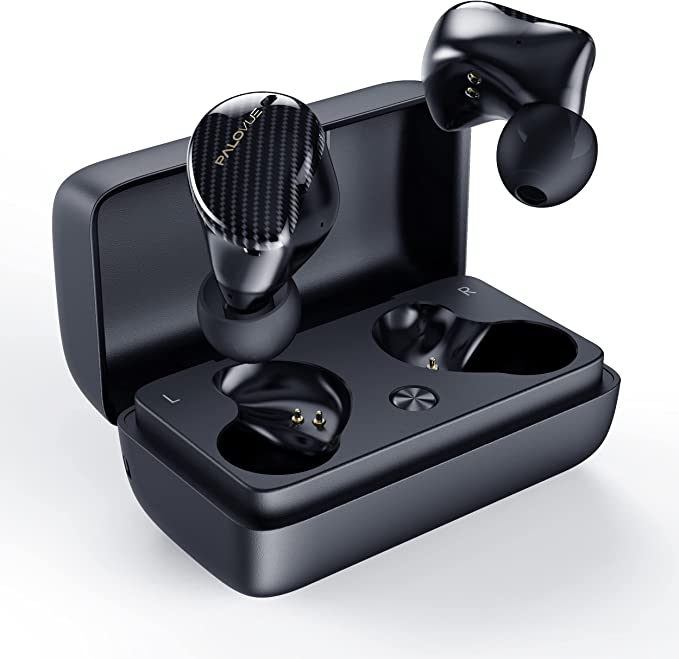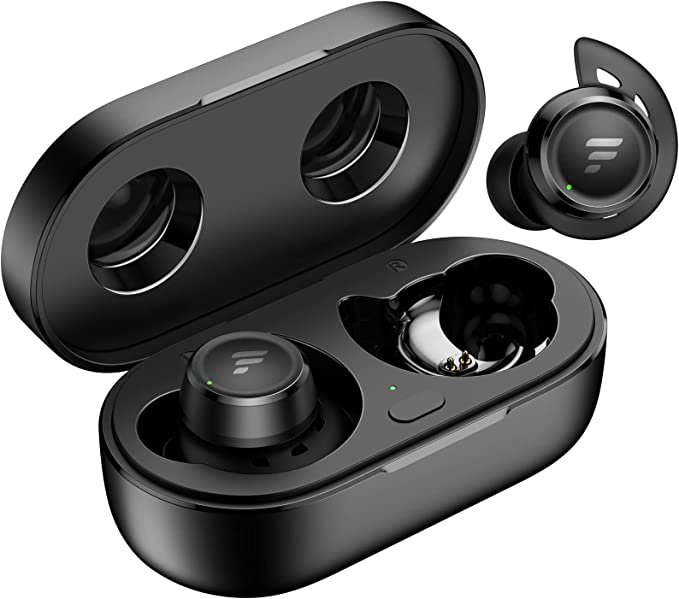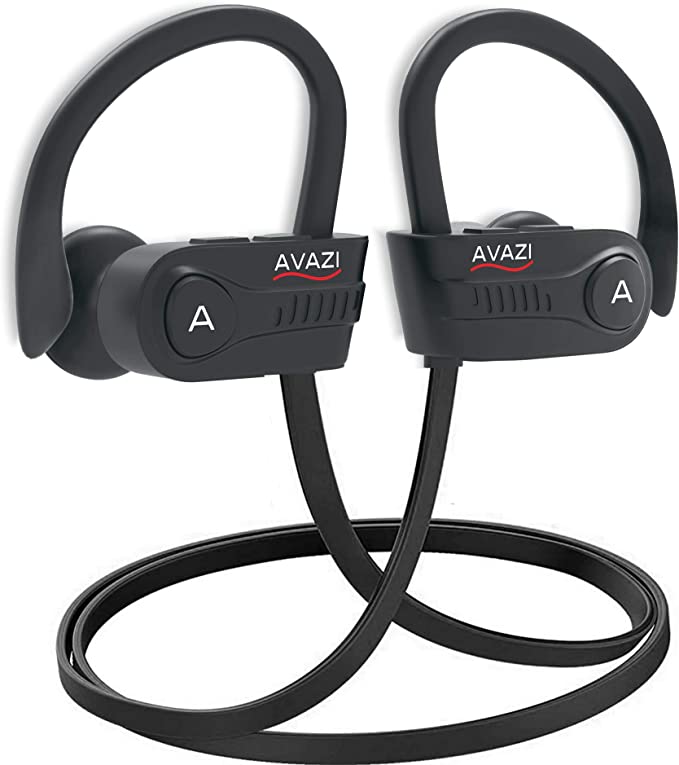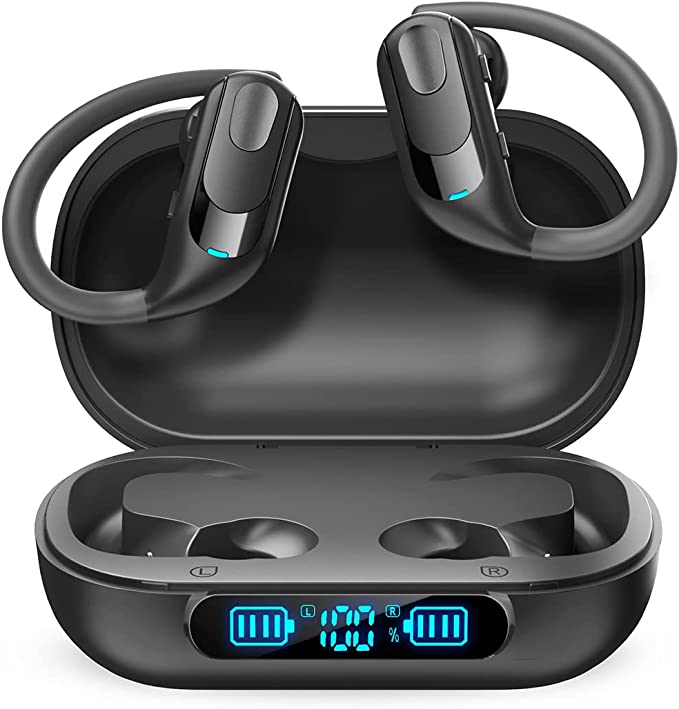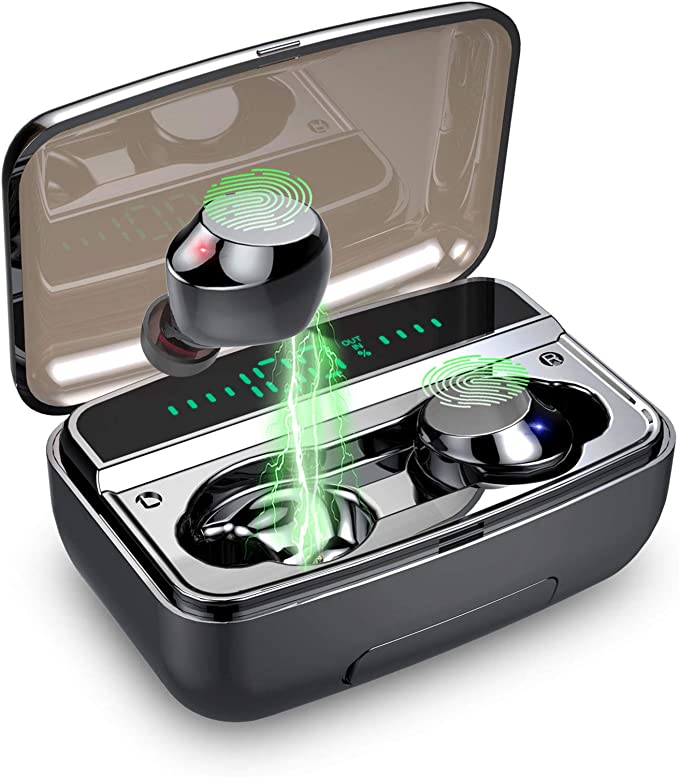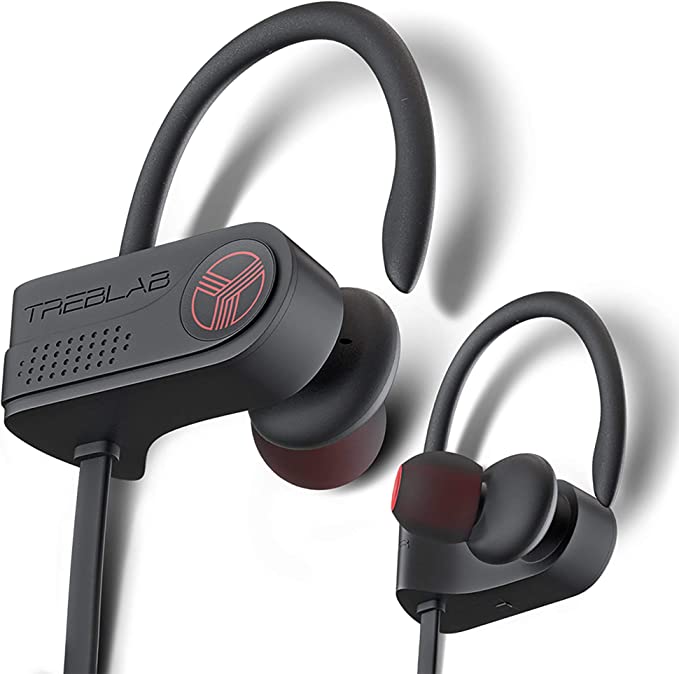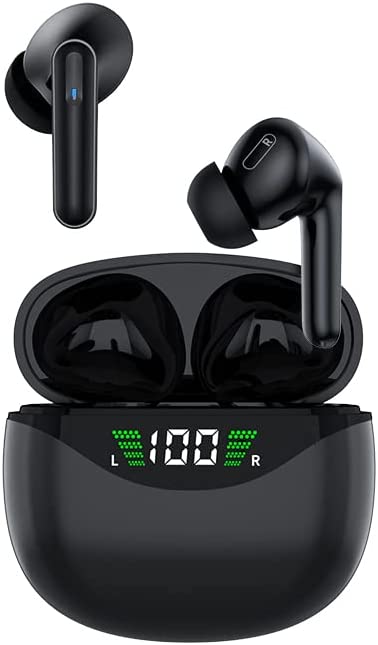LIVALL LTS21 Open-Ear Headphones: Safe, Comfortable, and Immersive Sound for Your Active Life
Update on Feb. 8, 2025, 11:45 a.m.
Imagine this: you’re cycling down a scenic path, the wind in your hair, your favorite playlist pumping through your earbuds. You’re in the zone, feeling great… until you almost collide with another cyclist you didn’t hear approaching. That near-miss is a stark reminder: traditional headphones, while great for immersive sound, can create a dangerous disconnect from your surroundings. For anyone who enjoys outdoor activities, or even just walks to work, this is a constant concern.

A Sound Solution: Introducing Open-Ear Headphones
Enter open-ear headphones. Unlike their in-ear or over-ear counterparts, these innovative devices don’t block your ear canal. This seemingly simple design change has profound implications for safety and awareness. You can enjoy your music, podcasts, or audiobooks without sacrificing the ability to hear what’s happening around you – approaching vehicles, warning shouts, the chirping of birds, or the friendly “hello” of a fellow pedestrian.
The Physics of Sound: A Quick Primer
Before we dive into the specifics of how open-ear headphones work, let’s take a quick detour into the basics of sound. Sound travels in waves, and these waves have two key properties: frequency and amplitude. Frequency, measured in Hertz (Hz), determines the pitch of a sound – high-frequency sounds are high-pitched (like a whistle), while low-frequency sounds are low-pitched (like a bass drum). Amplitude, measured in decibels (dB), determines the loudness of a sound.

Directional Audio: Whispering Sound Directly to Your Ears
Most open-ear headphones, including the LIVALL LTS21, utilize a technology called directional audio. This is where things get interesting. Instead of pumping sound directly into your ear canal, directional audio uses precisely engineered speakers and acoustic ports to create a focused beam of sound.
Think of it like a flashlight. A regular lightbulb emits light in all directions. A flashlight, however, uses a reflector to focus the light into a beam, directing it precisely where you want it to go. Directional audio does something similar with sound waves. By carefully controlling the shape and direction of the sound waves, it’s possible to deliver clear audio to your ears while minimizing “sound leakage” – the amount of sound that escapes and is heard by others.
Beyond Directional Sound, Bone Conduction
It is important to note another type of “open-ear” headphone: Bone conduction. However, unlike directional sound headphones, bone conduction headphones do not use speakers. They directly stimulate the cochlea, part of the inner ear, and completely bypass the ear canal and eardrum.
The LIVALL LTS21: A Case Study in Open-Ear Excellence
The LIVALL LTS21 is a great example of how directional audio can be implemented in a practical, user-friendly design. It’s not just about the open-ear concept; it’s about the quality of the sound and the overall listening experience. Let’s take a closer look at some of its key features:
Feature Focus (with Science and Benefits)
16.2mm Drivers: The Power of Big Sound: The LTS21 boasts relatively large 16.2mm dynamic drivers. What’s a “driver,” you ask? It’s essentially the miniature loudspeaker inside the headphone. The size of the driver is directly related to its ability to move air, and moving air is what creates sound. A larger driver, like the one in the LTS21, can generally produce a richer, fuller sound, particularly in the lower frequencies (bass). This means you don’t have to sacrifice audio quality for the sake of safety and awareness.
ENC: Silence the Noise, Not the World: Ever tried to have a phone conversation while walking down a busy street? The wind noise and background chatter can make it nearly impossible. The LTS21 addresses this with its 4-microphone array and Environmental Noise Cancellation (ENC) technology. ENC uses sophisticated algorithms to analyze incoming sound, identify and isolate unwanted noise, and then effectively “cancel” it out. This means the person on the other end of your call hears your voice clearly, not the honking horns or chattering crowds.

Bluetooth 5.2: Unbreakable Connection: The LTS21 utilizes the latest Bluetooth 5.2 technology. Compared to earlier versions, Bluetooth 5.2 offers a more stable connection, longer range (up to 50 feet in this case), and improved power efficiency. This translates to fewer dropouts, more freedom of movement, and longer battery life.

IP64: Weathering the Elements: The IP64 rating means the LTS21 is dust-tight and protected against water splashes from any direction. This makes it ideal for workouts, outdoor activities, and everyday use, even in less-than-ideal weather conditions. You don’t have to worry about sweat or a sudden downpour ruining your headphones. Just remember, they aren’t designed for swimming.
Comfort and Fit: Designed for Movement: The LTS21’s lightweight design (just 24 grams) and ergonomic shape ensure a comfortable and secure fit. The earpieces detach from a flexible headband, which helps distribute weight evenly and prevents them from bouncing or slipping during activity.
Addressing Common Concerns
One common concern with open-ear headphones is sound leakage. Because your ear canal isn’t blocked, it’s natural to wonder if others around you will be able to hear your music. The directional audio technology in the LTS21 significantly minimizes this, but it’s important to be realistic – at very high volumes, some sound leakage is inevitable. Another consideration is bass response. While the LTS21’s large drivers deliver good bass for an open-ear design, it won’t be as powerful as a well-sealed in-ear headphone. This is simply a trade-off for the added safety and awareness.
The Future of Sound: Open Possibilities
Open-ear audio technology is still relatively young, but it’s rapidly evolving. We can expect to see even more precise directional control, improved bass response, and perhaps even integration with augmented reality (AR) applications in the future. Imagine headphones that can selectively amplify or filter specific sounds in your environment, allowing you to customize your auditory experience like never before.

Conclusion: Hear It All, Safely
Open-ear headphones, like the LIVALL LTS21, offer a compelling alternative to traditional headphones, especially for those who prioritize safety and situational awareness. They allow you to enjoy your audio without isolating yourself from the world around you. By understanding the science behind directional audio and the careful engineering that goes into these devices, you can make an informed choice and experience the best of both worlds: immersive sound and a connection to your surroundings.
